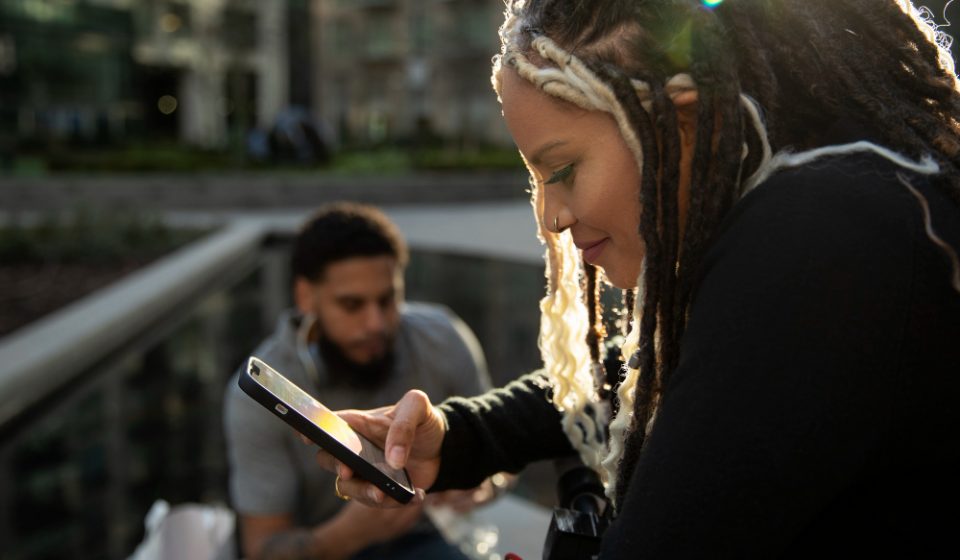
How Technology Is Changing the Way People Communicate
In just a few decades, the act of communication has undergone a metamorphosis more profound than any experienced in previous centuries. What once required physical presence, handwritten letters, or the patience of waiting days for a reply can now occur instantaneously across continents, facilitated by devices that fit in the palm of one’s hand. Technology has not only made communication faster and more accessible—it has redefined what it means to connect, understand, and express.
The once-clear line between private and public conversation has blurred. Social media platforms, messaging apps, and collaborative digital spaces have turned daily communication into a form of content creation. Every post, comment, and shared message contributes to an ongoing narrative of self, projected to audiences both intimate and global. People now communicate not solely to inform or converse but also to construct and curate identity—a phenomenon that has reshaped how relationships begin, evolve, and often, how they end.
Yet, technology’s power lies not only in connection but also in mediation. The tone of online exchanges is frequently shaped not just by human emotion but by algorithmic cues—notifications, reaction icons, trending hashtags—that guide how and when we respond. The immediacy of digital communication fosters a sense of closeness, but it also introduces challenges: the shorthand of emojis replaces nuanced body language; text-based messages omit tone; and the flood of information demands emotional multitasking that few minds are equipped to manage seamlessly.
Still, embedded within this transformation lies an extraordinary opportunity. The same networks that fragment attention also enable cross-cultural empathy and unprecedented collaboration. Voices once silenced by distance or circumstance now find amplification. Technology has democratized the act of speaking—making communication not merely a privilege of the proximate, but a right shared by the connected.
Technology has expanded communication beyond the realm of mere words. Today, speech coexists with multimedia expression—images, videos, reaction emojis, digital avatars, and augmented reality effects. A single message might include a combination of visuals, voice notes, and gifs that convey emotion more vividly than text could alone. The evolution of messaging apps such as WhatsApp, Telegram, and WeChat shows how communication has become instant, multimedia-rich, and emotionally expressive, even without physical presence.
Video calls, once a novelty, have become the backbone of both personal and professional interaction. They bridge continents and time zones, bringing families together across oceans and enabling businesses to operate without geographical restrictions. Yet, even as webcams simulate face-to-face contact, the experience remains subtly mediated by digital design—angles, lighting, connectivity, and resolution all shape perception and intimacy.
Artificial intelligence adds a further layer of complexity to this evolving landscape. Smart assistants and chatbots are learning to interpret human tone, emotion, and intent, responding with a semblance of empathy. AI-driven language translation tools have shattered linguistic barriers, enabling people to converse across languages in real time. But with every convenience comes a subtle transformation of the communicative process itself: messages are filtered through algorithmic logic, and emotional nuance is reconstructed through data patterns rather than human intuition.
Immersive technologies, such as virtual and augmented reality, are now pushing communication into realms once confined to imagination. Virtual reality meetings place participants in digital rooms where avatars mimic gestures and expressions. In these spaces, presence becomes a spectrum rather than a binary—people are not fully there, yet not absent either. This hybrid existence redefines connection; proximity is no longer determined by miles but by the quality of digital engagement.
However, the most profound changes may be psychological and cultural rather than merely technological. Communication through screens alters empathy—it demands the interpretation of emotions without physical cues and the maintenance of attention amid constant distraction. Many find digital communication liberating, offering control over self-presentation and the ability to connect asynchronously. Others struggle with an undercurrent of isolation, as constant connectivity paradoxically deepens the sense of emotional distance.
Ultimately, technology is not merely changing how people communicate—it is reshaping why they communicate. In an environment where every message can be archived, analyzed, and algorithmically enhanced, communication becomes both ephemeral and permanent, intimate and public, spontaneous and calculated. The human desire to connect remains unchanged, but the mediums through which that desire is expressed have multiplied and evolved, weaving new dimensions into the fabric of social life.
As we navigate this era of infinite connection, one truth endures: technology may redefine the methods of communication, but the essence of the human voice—the longing to be heard, understood, and remembered—remains at the heart of it all.









